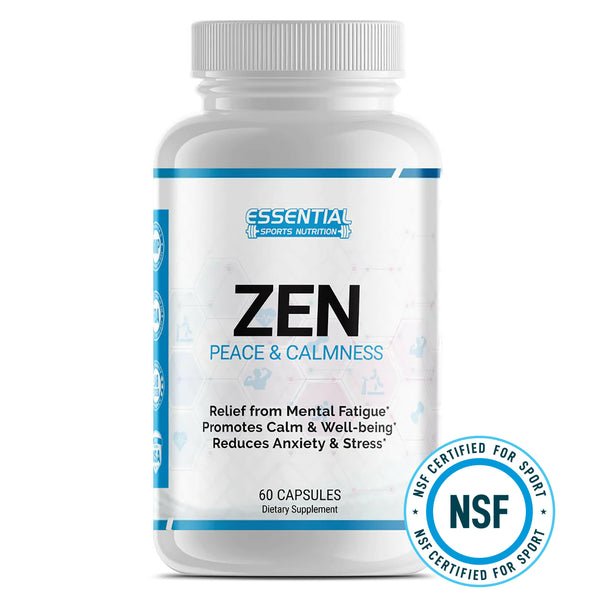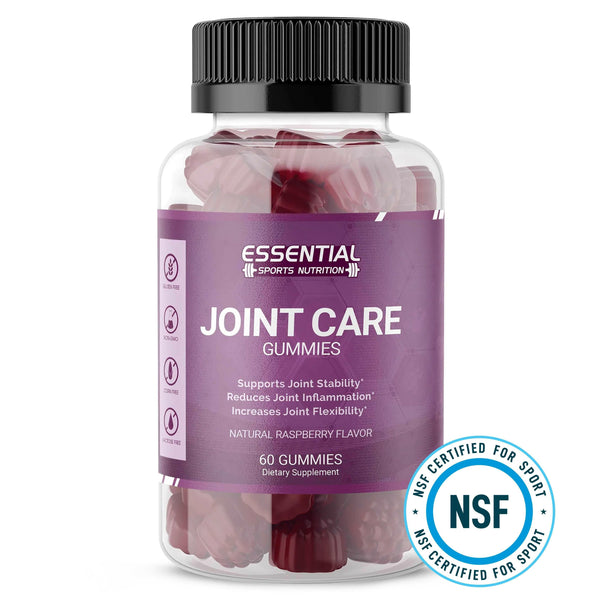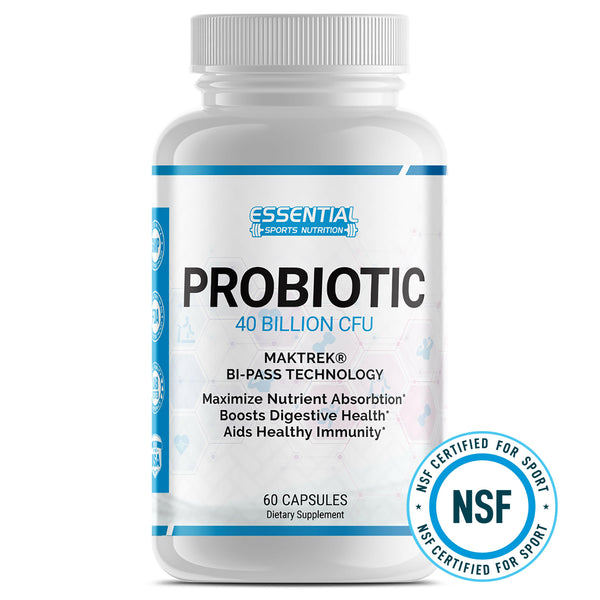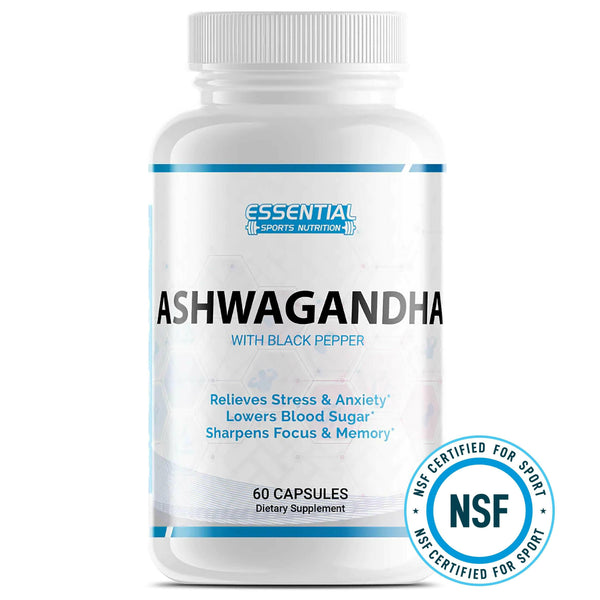Benefits of Vitamin E for Skin Health
Vitamin E is your skin's superhero, guarding it against environmental damage with its potent antioxidant properties. Discovered in 1922, it's been a staple in skin health, aiding protection from the sun's harsh rays to maintaining youthful elasticity. Found in foods like nuts and spinach, and especially in its alpha-tocopherol form, Vitamin E works wonders in healing wounds, reducing signs of aging, and managing acne. Topically, it's a dermatologic darling, enhancing skin health and hydration. But, it's not just about slathering it on; understanding its forms, sources, and the right balance is key. Stick around, there's more to uncover about harnessing Vitamin E's full potential for your skin.

Key Takeaways
-
Vitamin E acts as an antioxidant, protecting skin from oxidative stress and solar radiation damage.
-
Promotes skin healing, reducing the appearance of scars and enhancing wound recovery.
-
Supports skin elasticity and hydration, which is crucial for maintaining healthy skin, especially during pregnancy.
-
Helps in managing acne and reducing signs of skin aging, such as fine lines and wrinkles.
-
Requires careful use, as excessive intake may lead to side effects, and stability in formulations is important for effectiveness.
Historical Perspective of Vitamin E

Vitamin E's journey in dermatology began over 50 years ago, marking a pivotal moment in skin care with its discovery by Herbert M. Evans and Katherine Bishop in 1922 as a potent fat-soluble antioxidant that guards against solar radiation. This marked the start of a rich exploration into how this vitamin could benefit the skin beyond its initial understanding. As a key player in dermatology, Vitamin E, particularly in its α-tocopherol form, has been recognized for its protective qualities against the harmful effects of the sun.
You'll find its significance isn't just limited to its antioxidant properties. Research has unfolded its photoprotective and antitumorigenic capabilities, suggesting a broader role in preventing skin conditions triggered or exacerbated by solar exposure. Despite the promise it shows, there's a caveat—clinical studies delving into the most favorable dosages and specific indications for various skin conditions are still in their nascent stages. However, the potential it holds for enhancing skin health is undeniable. Given that Vitamin E is primarily procured from dietary sources, understanding its role in dermatology underscores the importance of nutrition in maintaining skin health.
Different Types of Vitamin E Sources and Forms

You'll find that dietary sources such as nuts, spinach, and olive oil are rich in Vitamin E, encompassing various forms essential for skin health. This essential nutrient, critical for maintaining skin's glow and resilience, is not limited to a single entity. Instead, Vitamin E has eight distinct types, with alpha-tocopherol being the most significant for your skin. While dietary sources mainly offer gamma-tocopherol, alpha-tocopherol which your skin mainly contains, plays a pivotal role in its protection and nourishment.
Vitamin E is segmented into two categories: tocopherols and tocotrienols, each comprising four forms (alpha, beta, gamma, and delta). This diversity allows Vitamin E to offer a wide range of benefits to your skin, from antioxidative protection to healing support. Recognizing the difference between natural and synthetic Vitamin E in products is crucial. Natural vitamin E, labeled as d-alpha-tocopherol, is derived from food sources and is more bioavailable to your skin. In contrast, synthetic forms, known as dl-alpha-tocopherol or all-rac, may not offer the same level of efficacy. Understanding these sources and forms is key to maximizing the skin-enhancing benefits of Vitamin E.
Dermatologic Indications for Skin Health
You might already know that vitamin E plays an essential role in skin health, but its specific dermatology applications are diverse and evidence-based. For instance, it's shown promise in healing wounds and scars, reducing the signs of skin aging, and even managing acne effectively, thanks to its potent antioxidant properties. It's important to contemplate the recommended dose and application method to maximize these benefits while minimizing potential risks.
Healing Wounds and Scars
In the field of dermatology, numerous studies have explored the role of vitamin E in the healing of wounds and scars, though definitive conclusions remain elusive. You're likely familiar with its popularity in skin health, especially for its antioxidant properties. Vitamin E's topical application and supplementation have been under the microscope in clinical studies, aiming to understand its efficacy better.
| Application | Benefit | Considerations |
|---|---|---|
| Topical | Antioxidant | Drug interactions |
| Supplementation | Wounds & Scars | Limited studies |
| Clinical Use | Dermatology | Dosage ambiguity |
Despite its widespread use, the evidence supporting vitamin E for burns and scars isn't robust. Additionally, when considering vitamin E supplementation, you must be mindful of potential drug interactions, especially during sensitive periods like pregnancy. The call for more research is clear, highlighting a gap in understanding the best use of vitamin E in dermatologic conditions.
Reducing Skin Aging Signs
While exploring vitamin E's role in healing wounds and scars has provided some insights, its potential to diminish the signs of skin aging, such as wrinkles and age spots, offers a compelling area of study within dermatologic applications. Vitamin E, known for its potent antioxidant properties, has been a cornerstone in dermatology for addressing skin aging symptoms. Its effectiveness against oxidative damage, which accelerates skin aging, makes it invaluable in preserving skin health. Topical application of vitamin E can shield the skin from UV-induced damage, thereby reducing the appearance of wrinkles and age spots. Supplementation supports the skin's antioxidant defenses and lipid metabolism, contributing to a more youthful appearance. Combining topical treatments with dietary supplementation, this dual approach underscores vitamin E's multifaceted role in combating signs of skin aging.
Managing Acne Effectively
Vitamin E's pivotal properties have shown promise in effectively managing acne by reducing inflammation and encouraging skin healing. Here's how it plays an essential role in your journey to clearer skin:
| Benefits of Vitamin E | How It Helps in Managing Acne |
|---|---|
| Antioxidant properties | Reduces inflammation and promotes healing of acne lesions |
| Topical application | Aids in reducing acne lesions and prevents acne scars |
| Non-comedogenic moisturizer | Hydrates without clogging pores, suitable for acne-prone skin |
| Supplementation | May improve overall skin health, reducing acne severity |
| Diet | Incorporating vitamin E-rich foods supports skin health |
Topical Vitamin E Uses in Dermatology

Applying vitamin E directly onto your skin can greatly enhance its levels in both the epidermis and dermis, offering many dermatological benefits. This nutrient, known for its potent antioxidant properties, plays a vital role in maintaining skin health. When you use topical vitamin E, it accumulates in the cell membranes and the lipid matrix of the stratum corneum. This is significant because it helps in protecting the skin from oxidative damage and supports its natural barrier function.
It's crucial to mention that not all forms of vitamin E are created equal. Ester conjugates of vitamin E are often used in topical solutions to enhance stability and efficacy. Yet, these same ester conjugates might lead to adverse skin reactions in some individuals. It's a delicate balance to maintain, ensuring that the concentrations of vitamin E, typically between 0.1% and 1.0%, are both safe and effective for skin application.
Integrating vitamin E conjugates into topical products ensures that the antioxidant benefits are delivered directly to your skin, fortifying cell membranes within the lipid matrix. This direct application not only maximizes the skin health benefits but also minimizes the risk of adverse reactions, making topical vitamin E a valuable tool in dermatology.
Vitamin E and Pregnancy

During pregnancy, ensuring you're getting enough vitamin E is key to supporting your skin's health and its ability to stretch and adapt to your body's changes. Vitamin E, a powerful antioxidant, plays an essential role in protecting your skin from oxidative stress, which can increase during pregnancy due to hormonal changes. These hormonal fluctuations can also lead to various skin issues, making maintaining adequate vitamin E levels important for overall skin health and appearance.
| Benefit | Explanation | Relevance to Pregnancy |
|---|---|---|
| Skin Elasticity | Vitamin E supports the skin's ability to stretch, reducing the risk of stretch marks. | Essential as your body expands. |
| Hydration | Helps maintain skin hydration, and prevents dryness and itching. | Crucial for comfort and health. |
| Protection | Shields skin from oxidative stress and damage. | Important due to hormonal changes. |
Supplementation with vitamin E may help keep your skin hydrated and elastic, which is vital during the months of rapid body changes. Ensuring you're getting enough of this nutrient can help prevent and manage skin issues that often accompany pregnancy, contributing significantly to your overall skin health. Remember, your skin's health during pregnancy isn't just about appearance but your comfort and well-being.
Using Vitamin E Side Effects and Precautions

While it's generally important for most people, excessive intake of vitamin E also can lead to several side effects, such as nausea and fatigue, underscoring the significance of adhering to recommended dosages. Beyond these, diarrhea and hypervitaminosis E, a condition stemming from high levels of vitamin E in the body, highlight the risks of super nutritional doses. Although there are no outright contraindications to using vitamin E, it's essential for individuals with coagulation disorders or those on anticoagulant medications to exercise caution. They might experience increased bleeding tendencies, necessitating close monitoring.
The stability of vitamin E, particularly in its dl-α-Toc acetate form, plays a critical role in its efficacy and safety. One must be wary of potential drug interactions when considering vitamin E intake during pregnancy and childhood, especially with higher doses. Despite its widespread use, clinical studies providing clear guidelines on vitamin E dosages and indications in dermatology remain limited. This lack of thorough evidence-based guidelines calls for further research, ensuring that recommendations are both safe and effective, particularly for individuals at risk of side effects and drug interactions.
Conclusion
In summary, you've observed that Vitamin E plays a vital role in maintaining your skin's health, from its historical roots to its modern applications in dermatology. Whether you're reaching for a topical solution or incorporating it into your diet, its benefits are undeniable. However, it's important to tread carefully—especially during pregnancy- and watch out for side effects. Remember, while Vitamin E might seem like a magic potion from the Middle Ages, it's grounded in solid, evidence-based science. So, embrace it wisely for radiant skin.
Benefits of Vitamin E FAQs
Q: What is the role of vitamin E in skin health?
A: Vitamin E protects skin from free radical damage and oxidative stress. It moisturizes, may aid in wound healing, and might prevent skin cancer. Applying it topically can relieve dryness and itching.
Q: How can I use vitamin E for skin health?
A: You can use vitamin E topically by applying vitamin E oil or skincare products containing vitamin E. Incorporating vitamin E-rich foods in your diet can promote skin health.
Q: Are there different types of vitamin E products available for skin care?
A: Yes, various forms of vitamin E, such as tocopherol, tocopheryl acetate, and alpha-tocopherol, are used in skincare products. Each form offers slightly different benefits for the skin.
Q: What are the benefits of using vitamin E for skin health?
A: Vitamin E can help protect the skin from damage caused by free radicals, promote healing of wounds and scars, improve skin texture, and maintain overall skin health.
Q: Can I combine vitamin E and vitamin C for enhanced skin benefits?
A: Yes, combining vitamin E with vitamin C can boost the antioxidant effects, protect the skin from sun damage, and improve collagen production for firmer and healthier skin.
Q: How should I incorporate vitamin E into my skincare routine?
A: You can use vitamin E products like serums or creams daily for your skincare regimen. Make sure to apply them on clean, dry skin before using other products.
Q: Are there any side effects of topical vitamin E on the skin?
A: While vitamin E is generally safe for topical use, some individuals may experience skin irritation or allergic reactions. You should perform a patch test before applying vitamin E products widely to the skin.
Q: How Does Vitamin E Deficiency Affect Skin?
A: If you lack vitamin E, you might notice your skin becomes dry, more sensitive, and less able to fend off environmental damage. This leads to premature aging and impaired healing. Vitamin E is vital for maintaining skin health.
Q: Why Is Vitamin E Known as the Anti Aging Vitamin?
A: Vitamin E is dubbed the "fountain of youth" because it fends off free radicals, slashing the risk of wrinkles and fine lines. It bolsters skin elasticity, making your complexion look younger and more vibrant.
Q: What Is the Most Important Function of Vitamin E?
A: Vitamin E's most vital role is its potent antioxidant function. It safeguards your skin from free radical damage and oxidative stress, which are essential in preventing premature aging and maintaining overall skin health.























